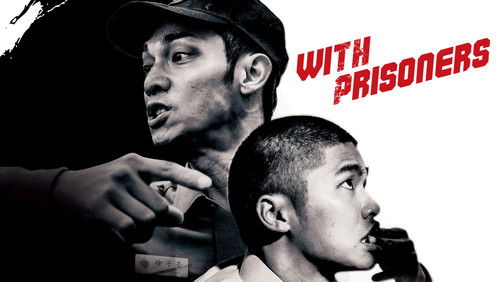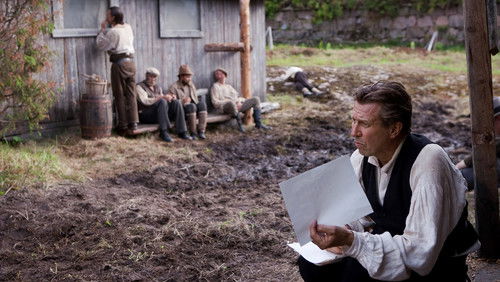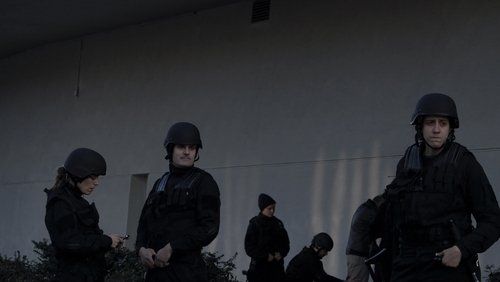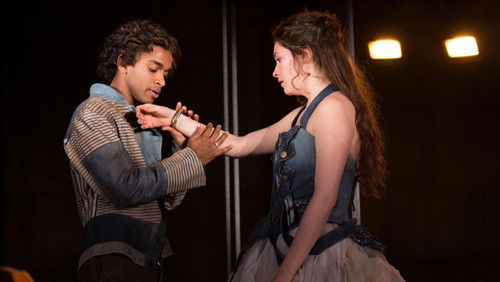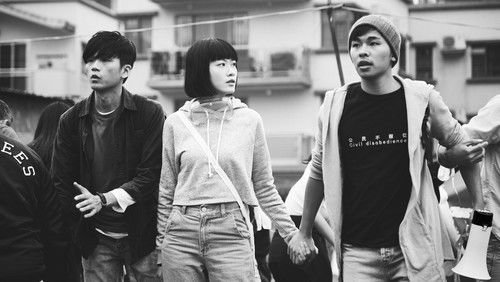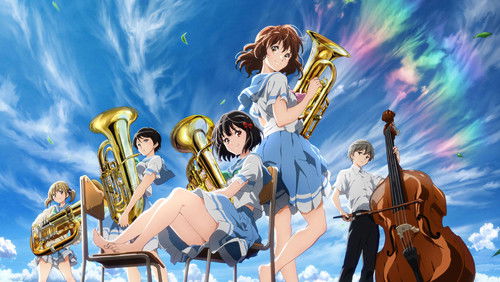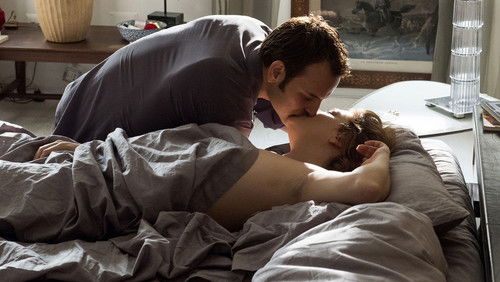Zatoichi's Pilgrimage (1966)
65KZatoichi's Pilgrimage (1966). 1h 22m | Not Rated
“This film is #14 of the Zatoichi series and distinguished itself from the other Zatoichi movies in that it had a lively and interesting storyline and some lessons behind it. This film also has a history of being hard to find in that it was not originally released for the English market in the United States until Criterion provided the complete collection. The screenplay is by Kaneto Shindo who is a well-respected filmmaker in his own right and did Onibaba. The eye-pleasing cinematography continues with a wider scope and panorama that was in #12 of the series Zatoichi and the Chess Expert. There are some beautiful natural scenes shot for the larger movie screen. The color is vibrant and attractive. It is directed by Kazuo Ikehiro who did two other Zatoichi movies and he didnu0026#39;t disappoint with this one as the story breezes along.u003cbr/u003eu003cbr/u003eThe opening action sequence takes place on a boat where Zatoichi deals with a brazen pickpocket who challenges and beats the victim and those who witnessed it after being exposed for his crime. He was about to get away with until Zatoichi brought his own brand of justice. Next, we see Zatoichi climb many steps in order to get to a Shinto temple. There he prays to the Shinto spirits to atone for all the people he killed. He says when he set out he did not mean to kill anyone and to make amends he vows to make a pilgrimage to all 88 Shinto shrines. Zatoichiu0026#39;s introspection follows from the previous two movies and #13 Zatoichiu0026#39;s Vengeance where we see his brand of moral code is revealed.u003cbr/u003eu003cbr/u003eItu0026#39;s not long before violence meets the peace seeking Zatoichi. Zatoichi even allows himself to be cut by the sister of a man he killed in self-defense. The man Zatoichi killed was trying to kill him for the a bounty placed on his head. The horse the bounty hunter was riding takes him to a village in a curious scene. This is supposed to be the spirits telling him to go there. Zatoichi would have to put his quest for peace and meditation on hold. When oneu0026#39;s new friend, Kichi, the sister of the bounty hunter he killed, and the unarmed farmers are being bullied by the bad, then it is time to take military action.u003cbr/u003eu003cbr/u003eBesides Zatoichi developing his personal code of ethics, he faces a dilemma in taking the side of the farmers in his battle against a powerful country yakuza. If there ever was a vicious tyrant that Zatoichi is to face, Boss Tohachi, played by Isao Yamagata, is the one. Zatoichi wants the farmers to help him fight the well equipped gang, but they decide to hide in their homes and let Zatoichi go at it alone for them. If Zatoichi gets killed, then they figure they can negotiate with Boss Tohachi. Zatoichi faces a moral dilemma between helping his new friend Michiko and helping selfish farmers who wonu0026#39;t even stand up and fight to rule their own lands. Kichi, who has fallen in love with Zatoichi, wants him to leave so he wonu0026#39;t get hurt or killed. It is one solution to his dilemma if Zatoichi did leave, but he stays to fight by himself. Itu0026#39;s part of his code. He stands in the middle of the town road while the country yakuza face him on the opposite side reminiscent of High Noon. The fighting scenes are well choreographed and overall this makes for an interesting addition to the Zatoichi series. The extra money that was put in to hire better writers, directors, and film crew definitely show up in the end product.”
